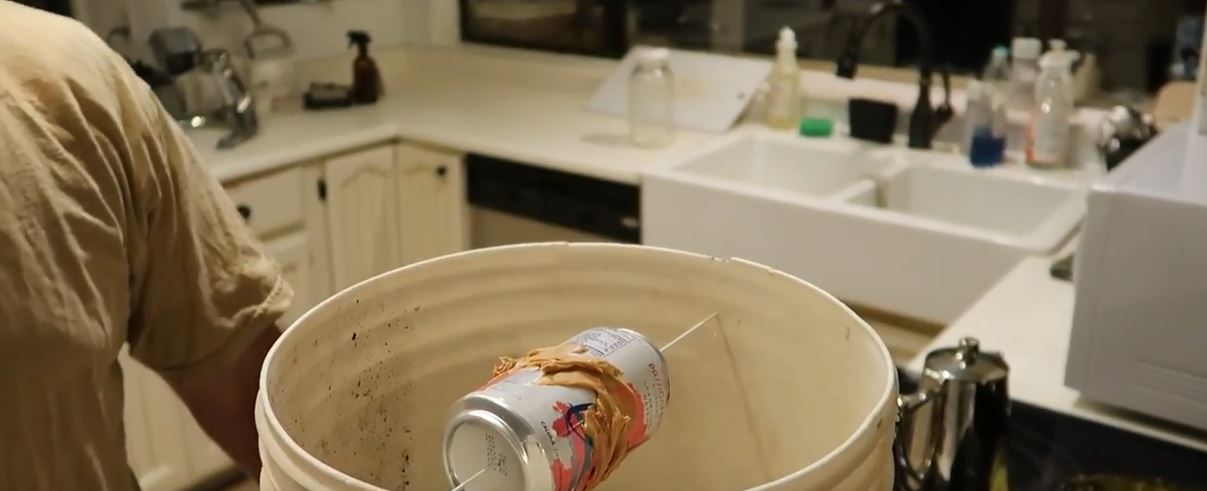How To Kill Wild Animals

When wild animals are living on your property, it is common to want to do whatever it takes to get rid of them. If you have tried everything you can think of, you may turn to simply killing the animals as a solution. This will end your problem as the animal won't be able to return to your property, although others can take its place. There are several methods of killing wild animals when they become a nuisance, and you should always be informed before using any of them.
Reconsider Other Methods
Before you resort to killing a wild animal, carefully reconsider all of the other methods. Killing the animal is frequently considered inhumane, especially if you select a method that isn't quick or haven't exhausted your other options yet. There are many alternatives to killing, including exclusion, cleaning your yard, trapping and relocating, and encouraging the animal to leave via scents, sounds, or light. If you do kill an animal, remember that you may be causing complications, particularly if the dead animal is inside your home. If you can't find them, they will begin to decay creating new issues and any dead animal in your house requires careful removal.
Check Local Regulations
Once you have decided that killing the animal is truly the only option, you need to double check your local regulations. Some states and counties will have restrictions on the methods allowed, permits needed, animals which can be killed or “taken,” and even what time of the year this act is legal during. Do your research ahead of time so you don't accidentally break the law.
Poison
To most people, poison seems like the simple solution when looking to kill a wild animal. You simply put out the poison, the animal is exposed, and it dies. In reality, however, it is much more complicated than this. Poison is incredibly dangerous and you have no idea if your targeted animal will be the one to find it; consider for a moment what happens if a pet finds the poison instead. Some wildlife poisons also contain toxic chemicals that can be toxic to humans when they are exposed, meaning that opting for poison threatens the health of you and your family. Finally, poison doesn't usually work immediately, meaning it is incredibly likely that the animal in question will go somewhere quiet to hide, leaving you to find its body. With all these reasons, combined with the fact that many poisons cause slow or painful deaths, it is commonly considered to be the worst option.
Shooting
Depending on where you live and the type of wild animal you are looking to kill, shooting it may be an option. This method is ideal for those with experience hunting as to humanely shoot an animal, you want to give them a quick and painless death, something which requires accuracy. Before shooting a wild animal, be sure to check the local laws as there are many concerning this. You may need a hunting permit or some other type of permission to use this method.
Lethal Traps
There are two main types of traps used for wild animals, lethal and non-lethal ones. The stereotypical example of a lethal trap would be the old-fashioned lethal grip ones used by fur trappers many years ago. These particular traps are illegal in many states, but there are also modern lethal traps available. For smaller animals, such as mice or rats, you will find a range of lethal traps, including snap traps and glue boards. Despite the temptation, remember that these traps are inhumane as they do not kill the mouse instantly; instead, they will suffer a long death, lasting at least hours and be in pain throughout. It is also possible that a clever mouse will escape the trap, but still have injuries. If this happens, they are likely to find a quiet, hidden corner to die where you won't be able to find their decomposing body.
It is also possible to kill a wild animal using a non-lethal trap. First, you would catch the animal in the trap and then kill it. Some people choose to drown the animal, but this is considered inhumane. Any professional trapper will tell you that they prefer to use a carbon dioxide chamber or lethal injection, each of which should be quicker and more painless for the animal.
Non-Lethal Alternatives
Although there are many ways to kill wild animals, that does not mean they should be used. In almost every single case, there is an alternative that will keep your property free from nuisance wildlife as long as you are willing to put in a bit more effort. You can trap and relocate the animal or try some sort of deterrent, such as hot peppers, loud noises, or bright lights. If the animal simply visits your property frequently, you can make your land less attractive to it by removing potential food sources and shelter, such as fallen tree branches or pet food. Killing wild animals should only be done as a last resort, and even then, it is best left to the professionals.
Read the Pest Wildlife Home Page page for helpful information and to learn more about How To Kill Wild Animals

